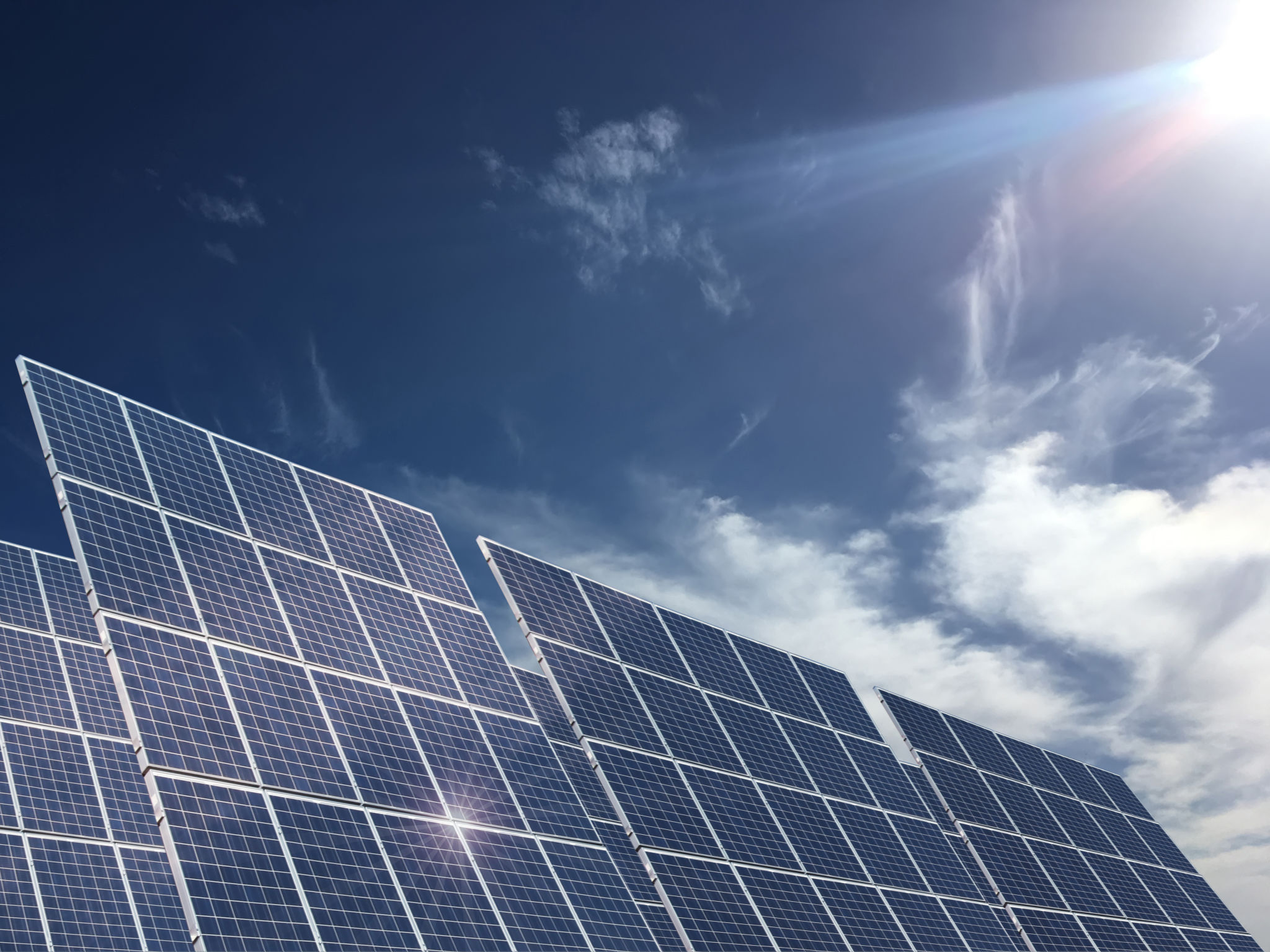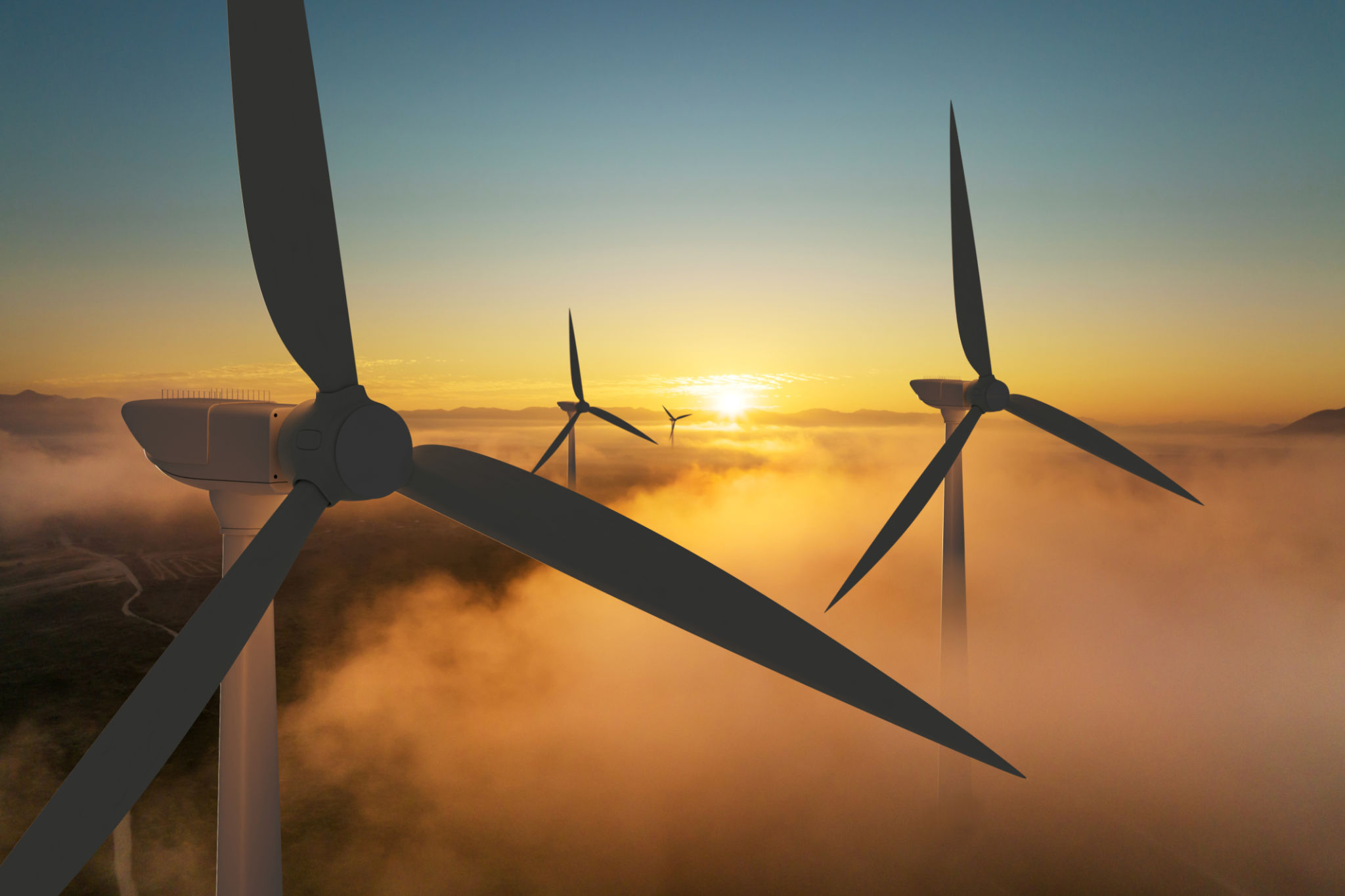Debunking Common Myths About Clean Energy in Australia
Introduction to Clean Energy Myths
Clean energy is a topic that often generates a lot of discussion and, unfortunately, misinformation. As Australia continues to make strides toward a more sustainable future, it's crucial to separate fact from fiction. In this blog post, we will debunk some common myths about clean energy and help clarify the reality of this important issue.
Myth 1: Clean Energy is Too Expensive
One of the most persistent myths about clean energy is that it's too expensive to adopt on a large scale. While it’s true that initial setup costs for solar panels or wind turbines can be high, the long-term savings often outweigh these upfront expenses. Maintenance costs are typically lower than those associated with fossil fuels, and as technology advances, the cost of clean energy continues to decrease.

Moreover, many governments, including Australia's, offer incentives and rebates to encourage the adoption of clean energy technologies. These financial aids significantly reduce the overall cost, making clean energy a viable and economical option for many households and businesses.
Myth 2: Clean Energy is Unreliable
Another common misconception is that clean energy sources like solar and wind are unreliable due to their dependence on weather conditions. However, advancements in technology have led to improved efficiency and reliability. For example, modern solar panels can generate electricity even on cloudy days, and wind turbines are designed to operate in a wide range of wind conditions.
Additionally, energy storage solutions such as batteries have greatly improved, allowing excess energy generated during peak times to be stored and used when renewable sources aren't producing. This makes clean energy not only reliable but also capable of providing a consistent power supply.

Myth 3: Clean Energy Can't Meet Australia's Energy Needs
Some skeptics argue that clean energy can't meet the demands of Australia's growing population and industrial needs. However, studies have shown that Australia has immense potential for clean energy production, thanks to its abundant sunlight and vast open spaces for wind farms.
With strategic investments and infrastructure development, clean energy can not only meet current demands but also support future growth. In fact, Australia is already a global leader in solar power adoption per capita, demonstrating that it is feasible to rely heavily on renewable sources.
Myth 4: Transitioning to Clean Energy Will Lead to Job Losses
Concerns about job losses in traditional sectors like coal mining are valid but often exaggerated. The transition to clean energy creates new job opportunities in manufacturing, installation, maintenance, and research and development. The renewable energy sector is one of the fastest-growing job markets in the country.

Furthermore, as the demand for clean energy increases, so does the need for skilled workers trained in these new technologies. Investing in education and training programs will ensure that the workforce can transition smoothly into these emerging roles.
Conclusion: The Future of Clean Energy in Australia
Understanding the realities of clean energy is essential for making informed decisions about the future. By dispelling these myths, we can embrace the opportunities that clean energy presents for environmental sustainability and economic growth in Australia. As we continue to innovate and invest in renewable technologies, the potential for a cleaner, more sustainable future becomes increasingly attainable.